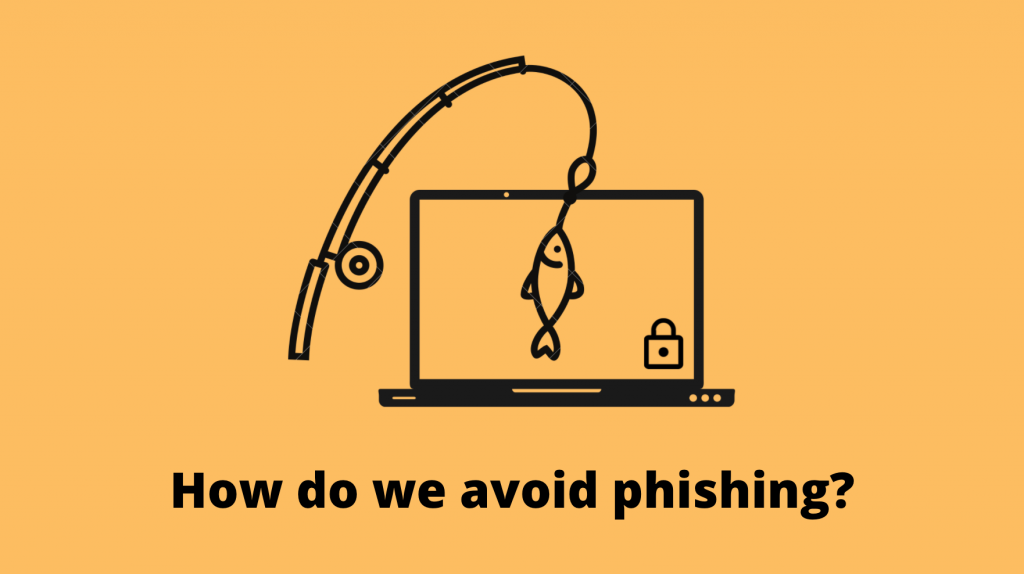
Whether it is because of the popularity of cryptocurrency or social media, cyber attacks have been on the rise the past two years. As members of the Rollins community, we must be especially cautious. Ransomware can easily find its way to our devices — not only through our school emails or the websites we visit, but also through the social media that we enjoy using in our daily life. Education on this subject is key so we can prevent people from suffering emotionally and financially.
Protecting our data seems like a very distant problem while on campus. However, the presence of cyber attacks is closer than we think. In an article written by The Sandspur in November, it was indicated that approximately 45 data breaches per month were within Rollins’s norm. Ransomware and cyber threats are penetrating not only government associated organizations and businesses, but also educational systems such as universities and colleges.
Malware is a general term that describes any type of malicious software designed to harm or exploit our computers, software, and networks. Cyber criminals use malware to gain access to data and threaten users for their financial gain. Our data, or any information that we store, whether personal or organizational, is taken hostage for money. The amount of data someone could extract is endless.
According to some government agencies such as the FBI, ransomware is a specific type of malware designed to encrypt data on a computer and make it unusable and inaccessible. In order for victims to regain access to their data or services, they must pay a ransom demanded by the attacker. This threat can penetrate our device or network through a variety of ways including drive-by download, remote desktop protocol, phishing, software vulnerabilities, and even through our social media.
Attackers may use brute force to obtain the user’s credentials and gain access to the targeted device. Remote Desktop Protocol (RDP) is a feature that allows individuals to control resources and data over the internet. Once someone has RDP access, they can deliver ransomware into a device remotely. In addition, drive-by download occurs when a user unintentionally accesses an infected website and malware is downloaded without the user’s knowledge. Finally, a vulnerable web server may be exploited by attackers to gain access to the organization’s network.
Howard University was the victim of a ransomware attack, which compromised their network and resulted in the disabling of the university’s Wi-Fi network. As a result, the university was forced to cancel classes for a few days. Because we as a society have come to rely more and more on technologies for the classroom that require some type of network connection, the potential damage that ransomware could bring to educational institutions is heightened. Moreover, according to Insider Higher Ed, the University of California, San Francisco was attacked by ransomware, and it was forced to pay $1.14 million to attackers who threatened to expose sensitive data to the public.
The number of ransomware attacks on colleges and universities has been increasing since 2019, and has doubled between 2019 and 2020. The ransomware attacks in higher-education institutions are becoming a common threat — and they may be here to stay for the foreseeable future.
The impact of ransomware attacks and their severity may vary and can impact both individuals and organizations. Attacks commonly result in temporary loss of access to your device and network, permanent loss of your data, financial malware, or ransomware article loss. Here’s what we can do as individuals to prevent a ransomware attack or deal with one if we encounter it:
- Create a backup for your data. An external hard drive backup is preferred and more reliable than a cloud backup.
- Do not click on a link or download any files if you receive intimidating messages regarding your device or account being attacked or being infected.
- Close internet browser windows you are not using.
- Do not pay money demanded by the attacker; obeying their order does not guarantee the return of your data or access to the service.
Our collective actions and security awareness towards phishing emails and other cyber threats will help tremendously in establishing a cyber-secure community that can stand against malicious attacks over the web.
The opinions on this page do not necessarily reflect those of The Sandspur or Rollins College.
Have another opinion on tech? Send us your response. We want to hear your voice.







[…] Although spam is not necessarily as dangerous as phishing, be mindful of both forms of communication. Do NOT click on any suspicious pieces of data such as hyperlinks or downloadable attachments. To prevent yourself from being phished: […]